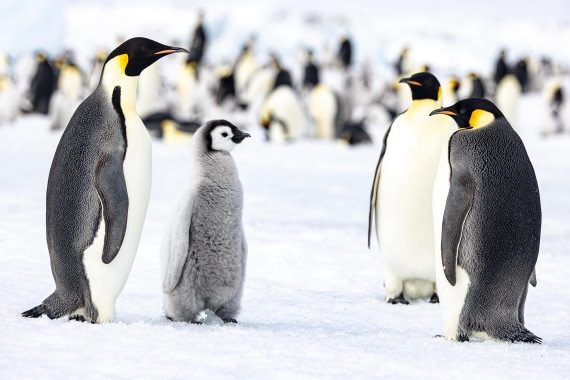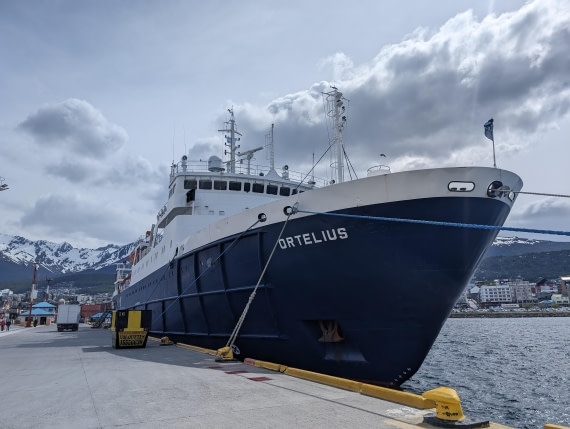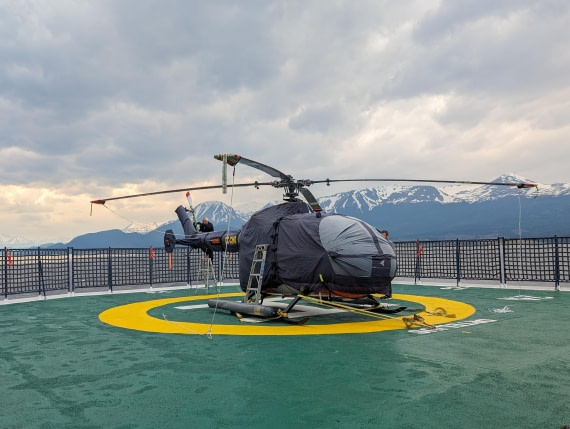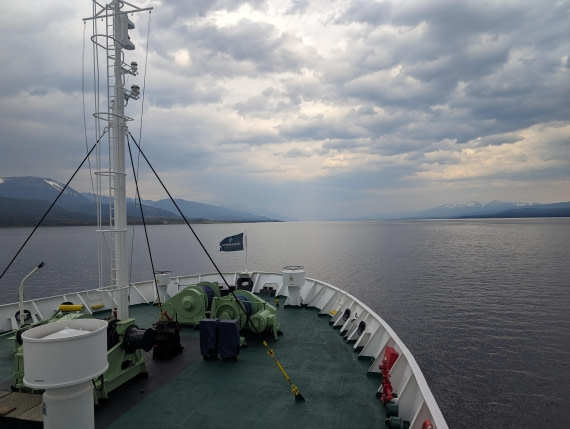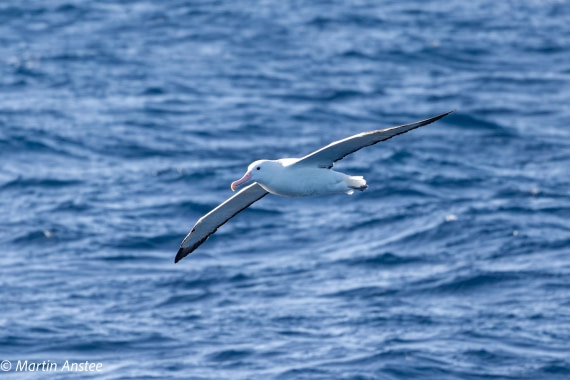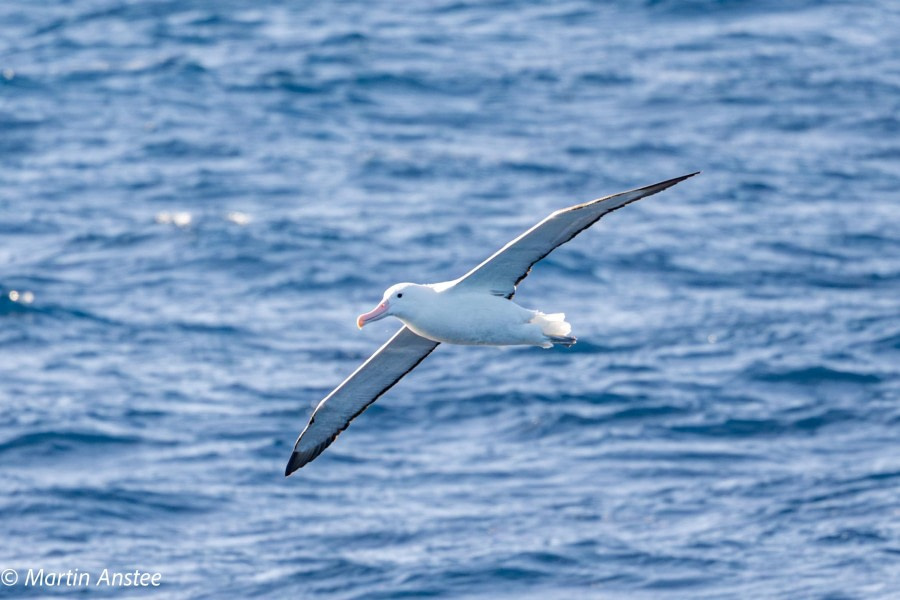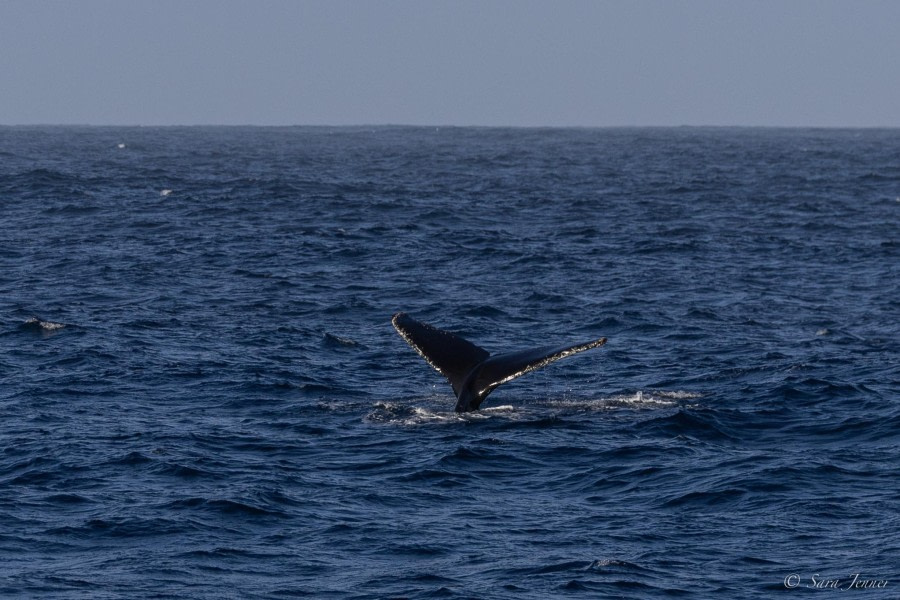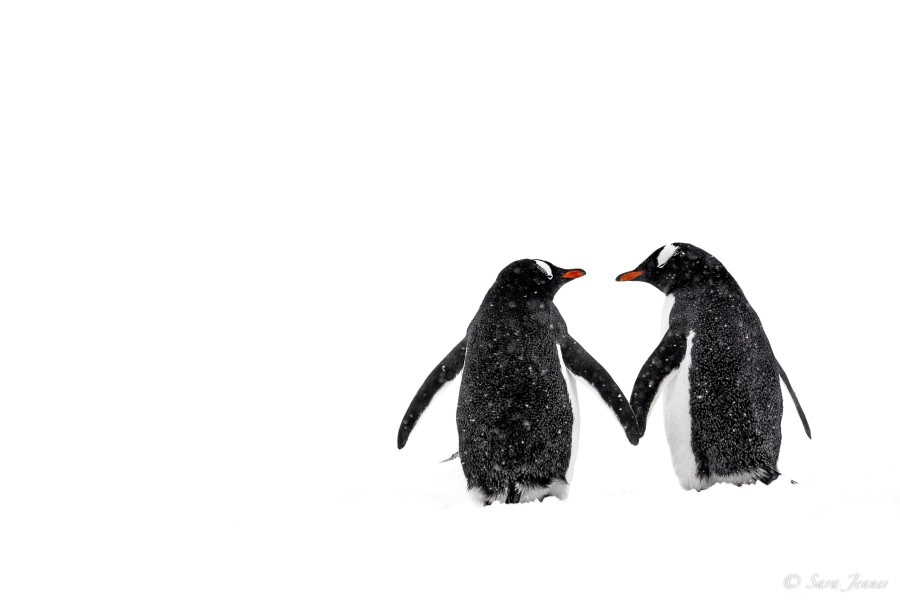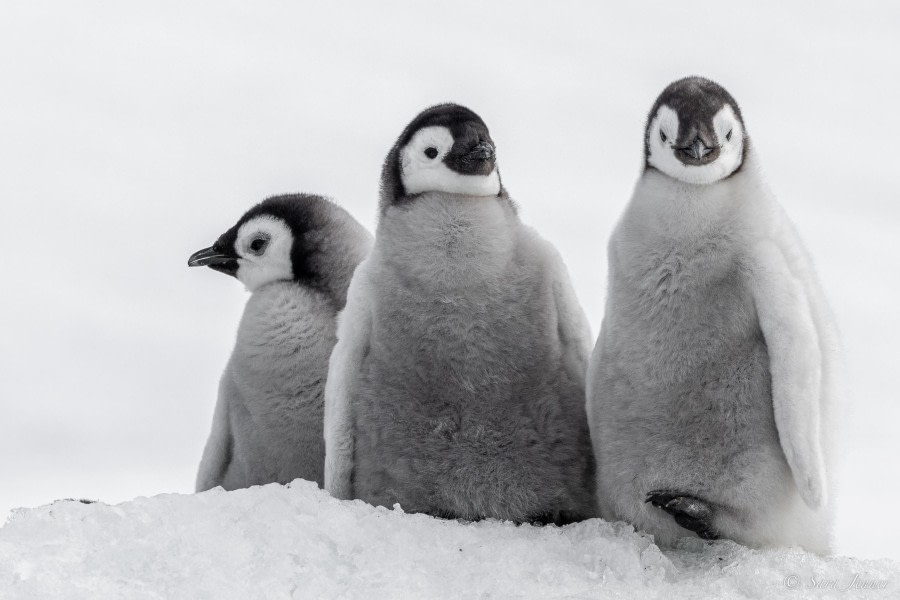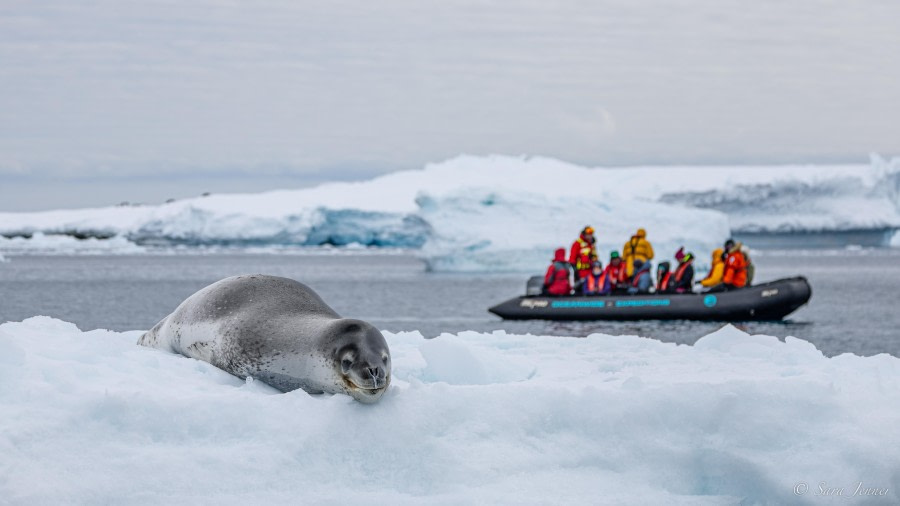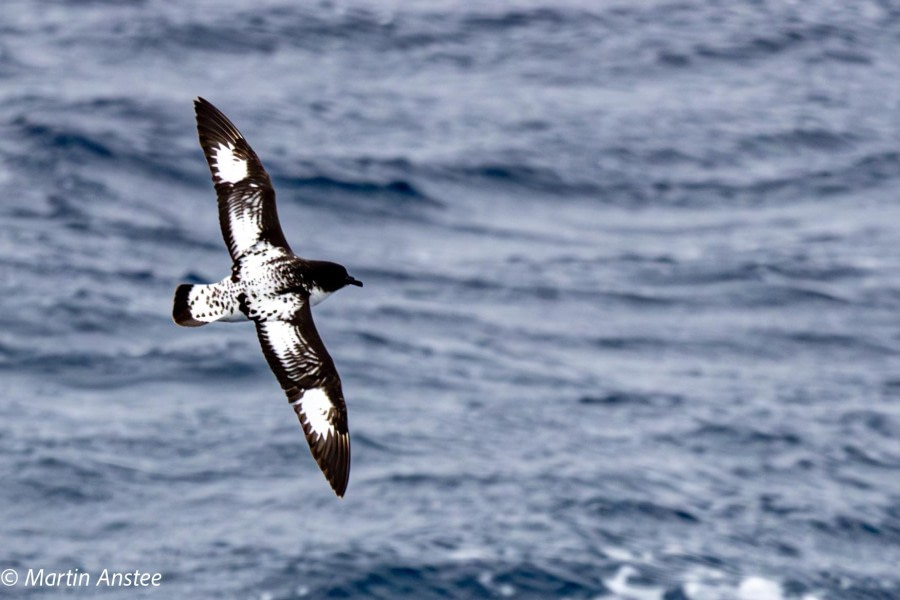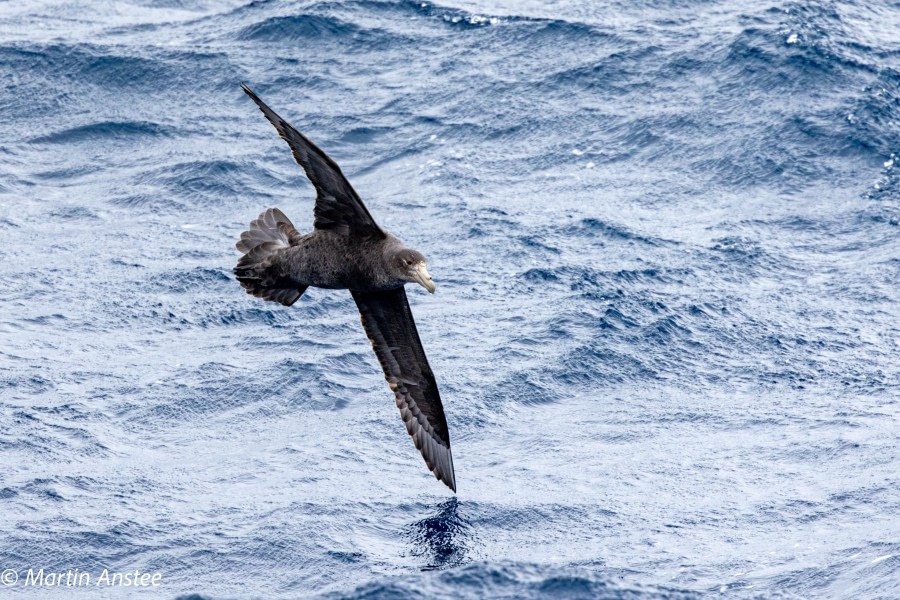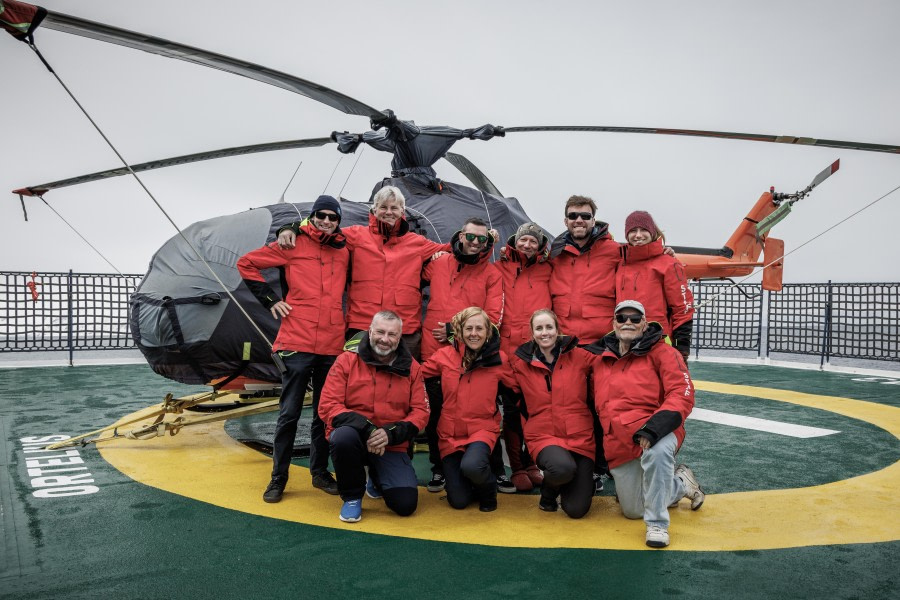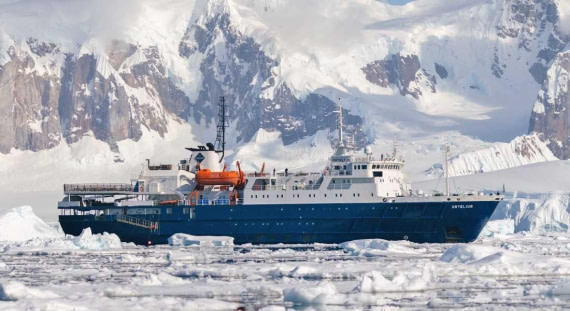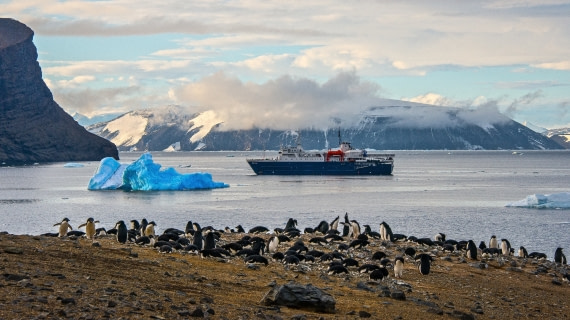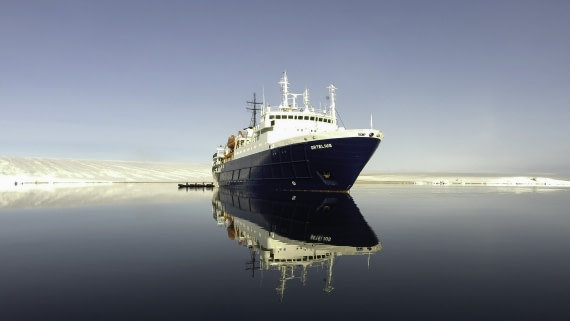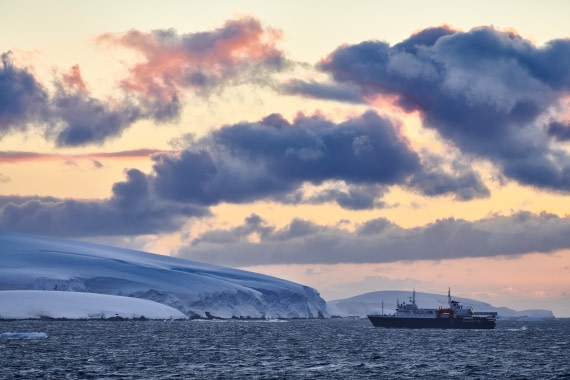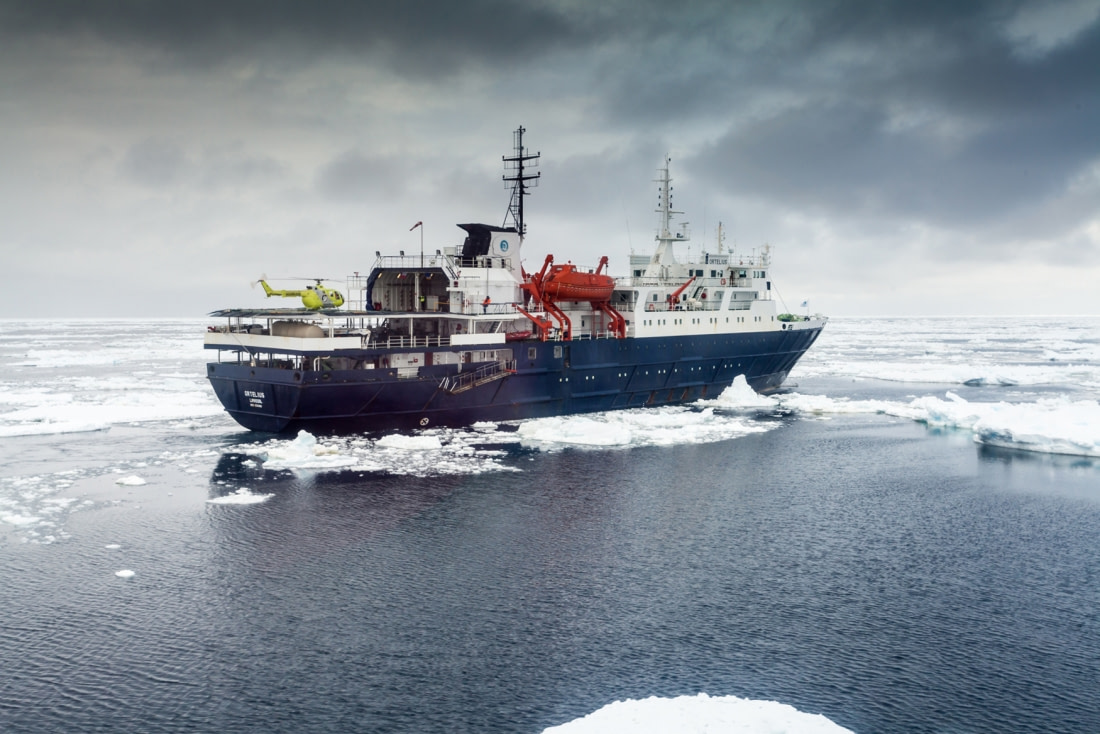| Fecha: | 10.11.2023 |
| Posición: | 54°48.561’S / 068 18.070’W |
| Viento: | NW 3 |
| Clima: | Overcast |
| Temperatura del Aire: | +14 |
Today was the start of something amazing: the start of an expedition to the Weddell Sea in search of the Emperor Penguin at Snow Hill Island. This is where the most northerly Emperor Penguin colony exists, and it is where we will be going once we leave the port of Ushuaia.
The 77 guests embarked on Ortelius at 14:00 with smiling faces and excited hearts. Sara the Expedition Leader started with a safety briefing followed by a safety drill where everyone donned their big life vests and went to the lifeboat station. This was shortly followed by the captain’s cocktail with the Expedition Team eagerly handing out sparkling wine and canapés to welcome us all on board. While we were cruising through the Beagle Channel, Captain Remmert toasted to a safe and fantastic voyage. It had begun, and we were off! We were all introduced to the Expedition Team, nine of them all from different walks of life, with an array of knowledge and experience on birds, whales, photography, and microorganisms.
That night there was a buffet dinner in the restaurant, and there was everything you could possibly want to eat. This is going to be a good voyage! We joined in the bar and chatted away as the ship slowly moved farther into the notorious Drake Passage, a body of water 620 miles (820 km) wide, with some of the roughest seas in the world.

